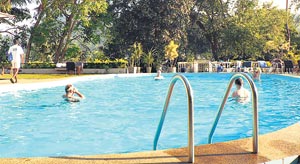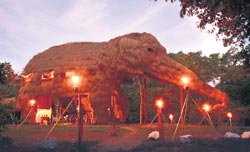Post-yoga volunteering in Sri Lanka
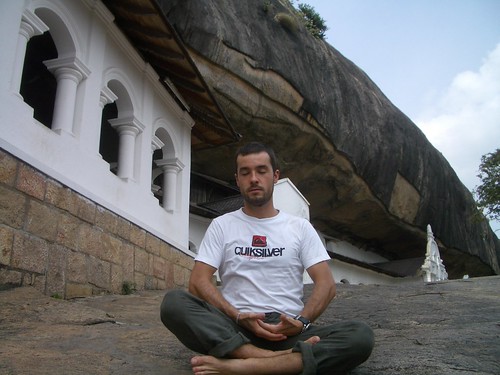 As one of 22 strangers on a week’s yoga holiday, I dreaded my turn when our teacher, Simon Low, asked us to “share with the group” why we had come to the Turkish mountains. I had no idea what to say, but when the moment came a few choked words tumbled out involuntarily: “I sense change in my life, but I have no idea what. I’m looking for some clarity.”
As one of 22 strangers on a week’s yoga holiday, I dreaded my turn when our teacher, Simon Low, asked us to “share with the group” why we had come to the Turkish mountains. I had no idea what to say, but when the moment came a few choked words tumbled out involuntarily: “I sense change in my life, but I have no idea what. I’m looking for some clarity.”Four days later, I was contorted in a pigeon pose, a challenging position for any yoga novice. As the blood-red sun set over the vine-covered yoga complex every part of my body was flooded with a red-hot wave as years of pent-up, unfamiliar emotion spilt out. The experience was both terrifying and a release.
During that week in June 2004, I found clarity: the light came on for this forty-something child-free singleton with a great career, an overdeveloped sense of duty and an overcrowded diary. Here, in the label-free peace of Huzur Vadisi, nobody was judging me. I wasn’t there to impress, nurture others, or be the life and soul. It gave me the space to realise that my sense of change wasn’t about finding a new job or moving out of London; my life felt shallow, materialistic and unfulfilling, and only I could change it.
Five months later, at the age of 46 and after 23 years relishing a varied career in the travel industry, with a well-used passport, I resigned as managing director of Caribtours, the London-based luxury Caribbean tour operator. I intended to teach English in a Sri Lankan orphanage for reasons that I cannot fathom. I had never even been there. I was still working out my notice when the tsunami struck. On that terrible Boxing Day morning, my father was the first to say: “Think what you could do using your experience in tourism.”
I arrived in Sri Lanka in late April, 2005, after six weeks travelling in Thailand and Cambodia – the first ten days on another yoga holiday, followed by three days in and out of a recompression chamber after getting the bends while scuba-diving. I was armed with someone’s name and the possibility of “doing something to do with tourism” for six months with something called Sarvodaya.
Established in 1958, Sarvodaya aims to alleviate rural poverty through the sustainable development of village communities. Its work spans social, spiritual and technological empowerment, with specialist units at the headquarters supporting a network of 15,000 villages.
I was a square peg in a round hole, a commercially minded “doer” working for a grassroots movement based on Buddhist principles and without a commercial bone in its body. But somehow, especially in the posttsunami maelstrom of overstretched management and challenging donor relations, it worked – and I quickly felt part of the Sarvodaya “family”.
I volunteered for the first eight months and secured funding to stay for another year. I developed a Community Tourism Initiative with various community-managed projects now operating. Each is designed to develop sustainable livelihoods by offering tourists authentic experiences, such as Sri Lankan cookery demonstrations and cultural performances.
My role was to find out the villagers' needs, assess the tourism potential, develop project plans and funding and provide skills training and marketing assistance. I trained a Sri Lankan assistant, Jagath, who is now managing the CTI.
Living and working in Sri Lanka was not an instant transition, however. Ten days after arriving, I wrote in my diary: “My life has undergone a seismic shift. Colombo is quite unlike any city I’ve been to. It’s intense, steaming hot, chaotic, charming, ramshackle and endearing with psy-chotic driving and choking fumes. It’s a long story with fibbing estate agents, freaky old family retainers, armed security guards and nosy landladies, but I’ve found a small one-bed annexe, which is reasonably secure, clean and only ten minutes from the office by three-wheeler. London feels a million miles away.”
I quickly grew to love this beguilingly beautiful island, especially the multi-culturalism, ironic in a country racked by ethnic conflict. I looked around the table one birthday to take in the smorgasbord of Israeli, British, Australian, Canadian, Sri Lankan, American and Indian friends – Christians, Buddhists, Jews, Hindus and an atheist.
I returned to the UK for Christmas last year with no desire to live in London again. I rented a cottage in southwest Dorset, trusting the same gut feeling that led me to Sri Lanka. By the end of April I had moved in to my new home, a thatched cottage in the picturesque village of Stoke Abbott. I feel roots spreading, possibly for the first time in my life. I am building up some part-time consultancy work that will allow me to keep the logs on the fire, write a book about my experiences in Sri Lanka, spend time with friends and my parents, go on rambling walks, get involved in the local community, pick apples from my garden – and perhaps even fall in love.
At the time, friends and colleagues variously called me brave, foolhardy, mad, inspired, lucky, virtuous or clearly depressed. To me, it always felt like the most natural thing in the world. Risk or no risk, brave or foolhardy, I felt a driving force to plunge into the unknown. My experiences in Sri Lanka were enlightening, sobering, often hilarious, challenging, never dull and filled with fascinating characters. I have regained a sense of curiosity, a hunger to learn and a happy sense of spirituality, liberation and humility. I am proud to have left a legacy in the shape of the Community Tourism Initiative. I will return to Sri Lanka from time to time – I left a piece of my heart there and found my soul.
Labels: Sri Lanka Holiday, Sri Lanka Tourism, Yoga Holidays
 In an encouraging sign to Sri Lanka's tourism industry, The Sunday Times of UK has named Sri Lanka's first theme hotel, The Tea Factory among the "World's Best 100 Places to Stay" in its September Travel issue.
In an encouraging sign to Sri Lanka's tourism industry, The Sunday Times of UK has named Sri Lanka's first theme hotel, The Tea Factory among the "World's Best 100 Places to Stay" in its September Travel issue.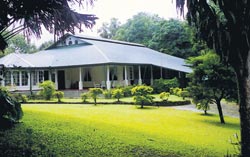 Present day Colonial Bungalows with the modern touch are big attractions in the local travel industry. Many tourists like to visit these bungalows mainly to get the real local touch from the surrounding villages and to see the true eco system in village society.
Present day Colonial Bungalows with the modern touch are big attractions in the local travel industry. Many tourists like to visit these bungalows mainly to get the real local touch from the surrounding villages and to see the true eco system in village society.
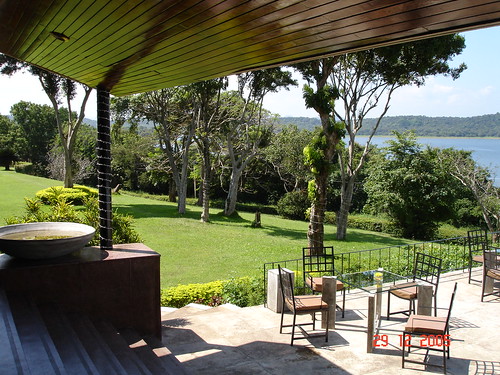



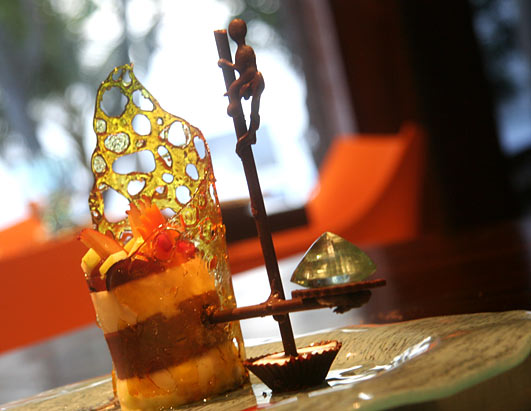
 UNAWATUNA beach, in the Galle district, is classified as one of the most beautiful and fascinating beaches in the world. Unawatuna is a paradise for beach lovers, both foreign and Sri Lankan.
UNAWATUNA beach, in the Galle district, is classified as one of the most beautiful and fascinating beaches in the world. Unawatuna is a paradise for beach lovers, both foreign and Sri Lankan.